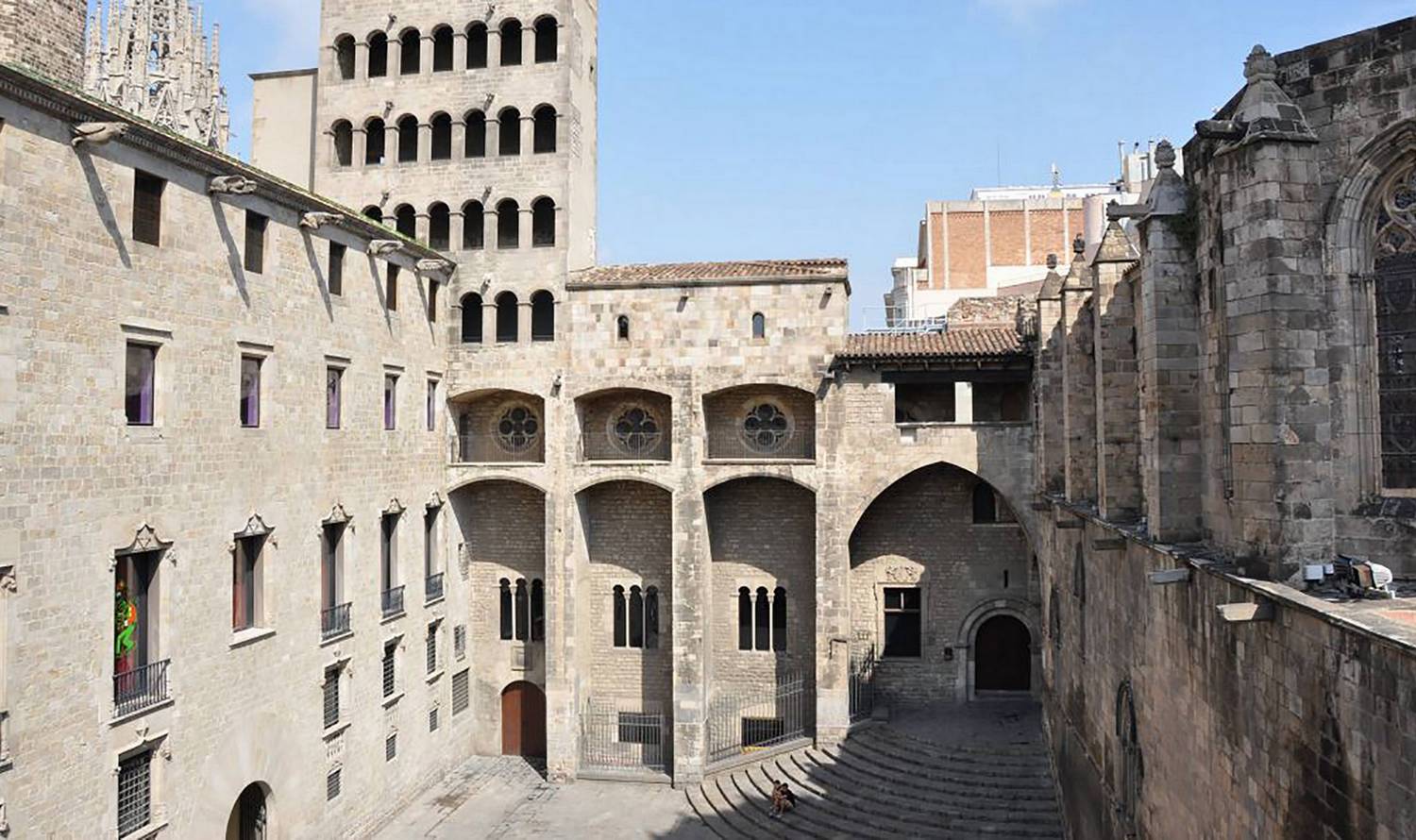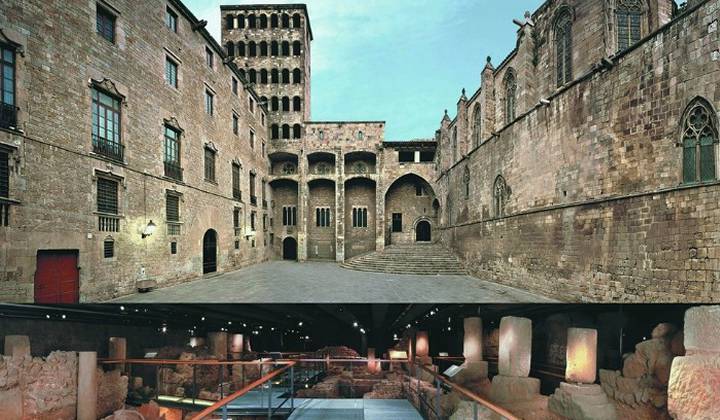On the first day of their stay in Barcelona, tourists can efficiently operate with the names of famous people who have lived and worked there. To learn more about the history of Barcelona, visit the Museo d'Historia de Barcelona. The MUHBA (Museo d'Historia de Barcelona) is one of the most famous exhibitions in Catalonia. Given that children are entitled to free admission, take them on a tour of the palace and the underground city. We recommend bringing schoolchildren to the museum, especially if they are interested in archaeology.

The main museum building is the Great Royal Palace, built in the 11th century. Unlike Baroque palaces with plenty of decoration, this building has a fairly simple shape — but striking in size. Step into the throne room of the Tinel and try to imagine: where was Columbus standing when he told the monarchs about the discovery of America? A guide or audioguide will tell you what your imagination can't tell you more.
The principal value of the Barcelona History Museum is the archaeological excavations within the city that uncovered the ruins of the Roman town of Barcino. If you've toured the Gothic Quarter, you'll have the chance to see the dungeons hidden beneath the modern streets. You can see the paving and foundations of Roman dwellings, Roman baths and the partially preserved aqueduct, wine-making and fish-salting rooms. The area of the underground part is about 4000 sq.m. The "movable" finds, such as ceramics, furniture, jewellery and coins, have been moved to the museum halls.
Once you've seen enough of Barcelona's underground, take the opportunity to look at the city from above. Climb up King Martin's palace tower. The change is striking: it's as if two thousand years are flashing before your eyes.
The 12 branches of the Museum of Catalan History also include the Monastery of Pedralbes, the Temple of Augustus, the medieval cemetery, the Roman mansion-house and other sites.









